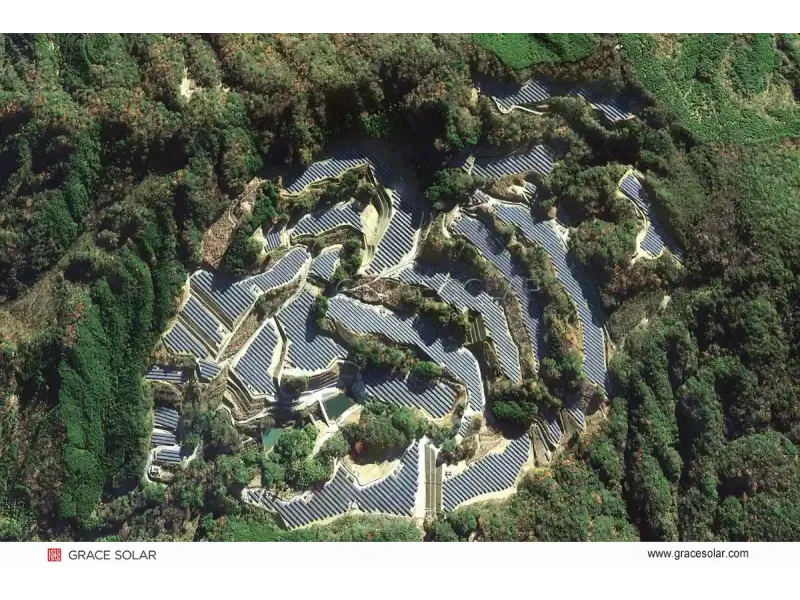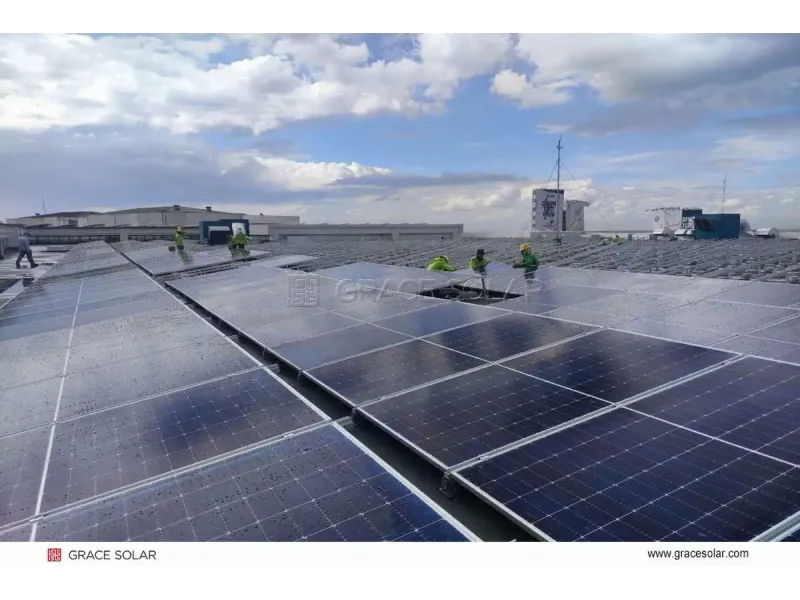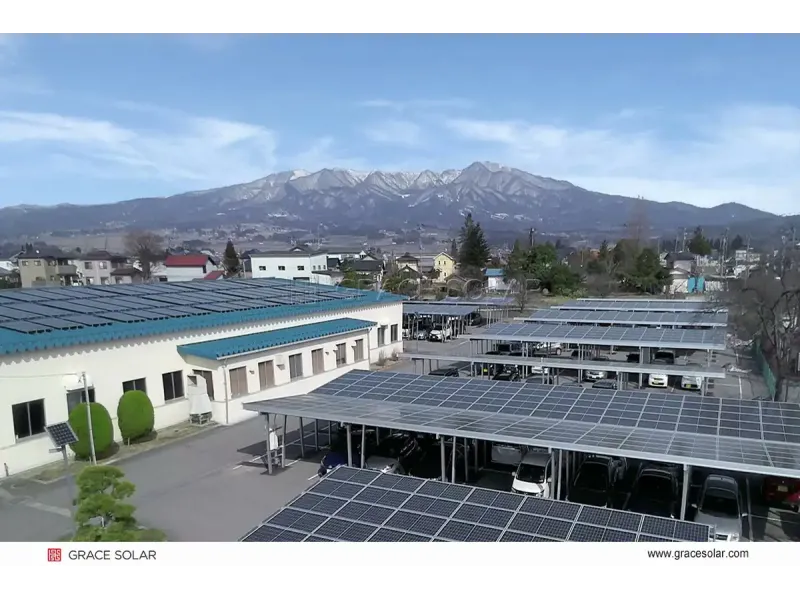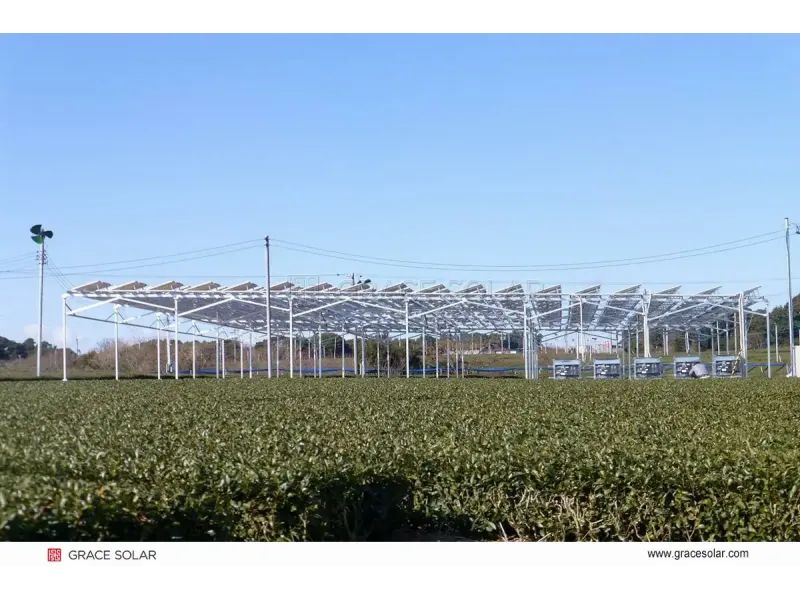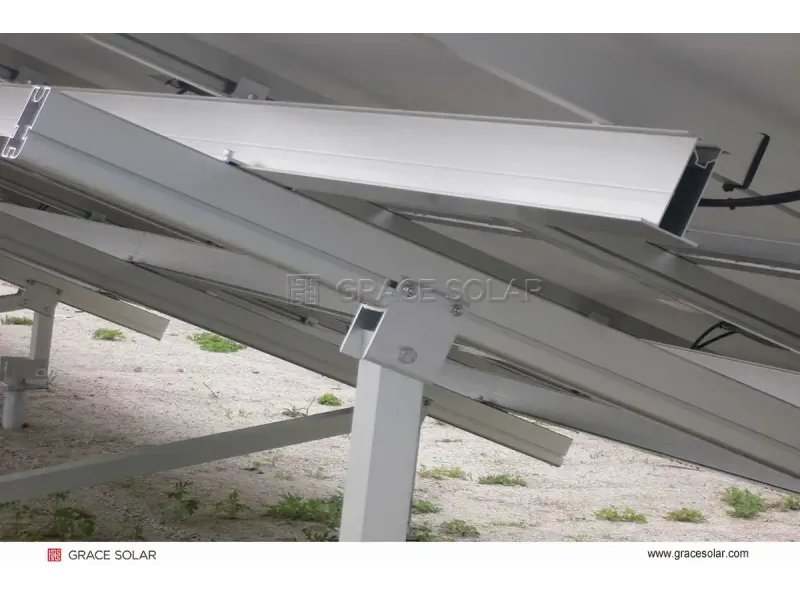What Are The Two Types Of Solar Tracking Systems?
Solar tracking systems increase energy output by 25-40%, making them essential components of modern solar plants. This comprehensive guide explores the two fundamental tracking technologies - single-axis and dual-axis systems - to help you select optimal solutions for photovoltaic projects.
Core Technology Comparison
• Single-Axis Systems: Cost-effective daily sun tracking for budget-conscious projects
• Dual-Axis Systems: Precision tracking that maximizes energy harvesting
• Efficiency Boost: Trackers deliver 30%+ more energy than fixed-tilt installations
• ROI Advantage: Global data shows payback within 3-5 years
Single-Axis Tracking Systems: Economical Solar Solution
Operational Principles & Advantages
Rotating along one horizontal axis, single-axis trackers optimize panel orientation using AI algorithms. Key technological advantages include:
Handles 20% north-south slopes for mountainous installations
Multi-point drive increases stiffness by 20% to withstand 47m/s winds
AI weather adaptation boosts output by 8% during overcast conditions
Ideal Application Scenarios
- Agrivoltaic projects: 500mm ground clearance preserves farming operations
- Fishery PV plants: Corrosion-resistant structure withstands humidity
- Uneven terrain installations: Patent slope adaptation reduces leveling costs
- Review technical parameters for single-axis systems
Dual-Axis Tracking Systems: Precision Energy Harvesting
Dual-Dimensional Movement Control
Dual-axis systems adjust both azimuth (east-west) and elevation (up-down) to maintain 90° solar irradiation angles. This comprehensive tracking delivers:
- 40° seasonal elevation compensation
- Morning/evening shadow elimination
- 35% increase in bifacial module rear-side irradiation
Technical Innovations
| Component | Innovation | Value Contribution |
|---|---|---|
| Triple-Point Drive | 20% stiffness increase vs single-point drives | Enhanced wind resistance, lower 25-year maintenance risk |
| Cloud-Mapping Algorithm | Real-time meteorological satellite analysis | 8-12% additional output during overcast conditions |
| Wireless Monitoring | Dual-mode LoRa/Zigbee communication | Remote diagnostics reducing O&M costs by 30% |
Technical Comparison: Single-Axis vs Dual-Axis
| Parameter | Single-Axis | Dual-Axis |
|---|---|---|
| Energy Gain | 25-30% | 35-40% |
| Capacity/Row | 90 modules | 120 modules |
| Slope Adaptation | 20% N-S slope | 15% N-S slope |
| Wind Rating | 47m/s gusts | 47m/s (TUV) |
| Module Compatibility | Up to 2.5m length | 182/210mm bifacial |
| Daily Consumption | ≤0.02kWh | ≤0.04kWh |
Technology Selection Guide: Matching Solutions to Projects
Choose Single-Axis When:
- Budget-conscious with quick ROI goals
- Complex terrain with steep slopes
- Large-scale agrivoltaic installations
- Hurricane-prone regions
Choose Dual-Axis When:
- Using high-efficiency bifacial modules
- Space-constrained sites requiring maximum yield
- High-irradiation zones (deserts, equatorial regions)
- Demanding LCOE optimization requirements
Global EPC & Project Design Solutions
We provide customized engineering for 100+ countries with intelligent tracking solutions:
- Detailed terrain modeling and slope analysis
- AI-powered capacity optimization
- 25-year structural performance guarantees
Technology Evolution: Future Tracking Systems
Explore Complete Solar Tracking Solutions
Browse All Solar Tracking Systems
